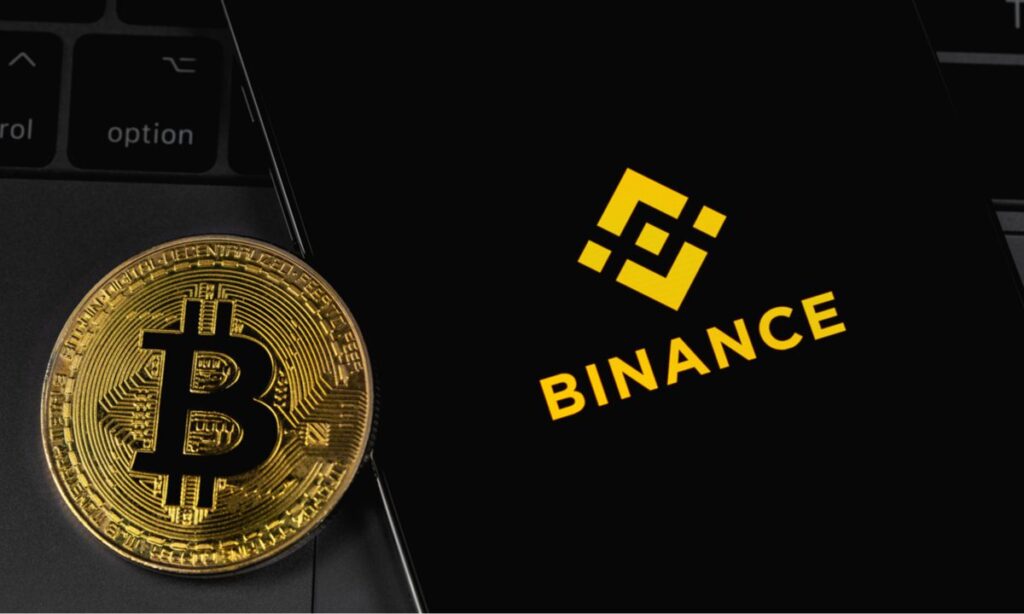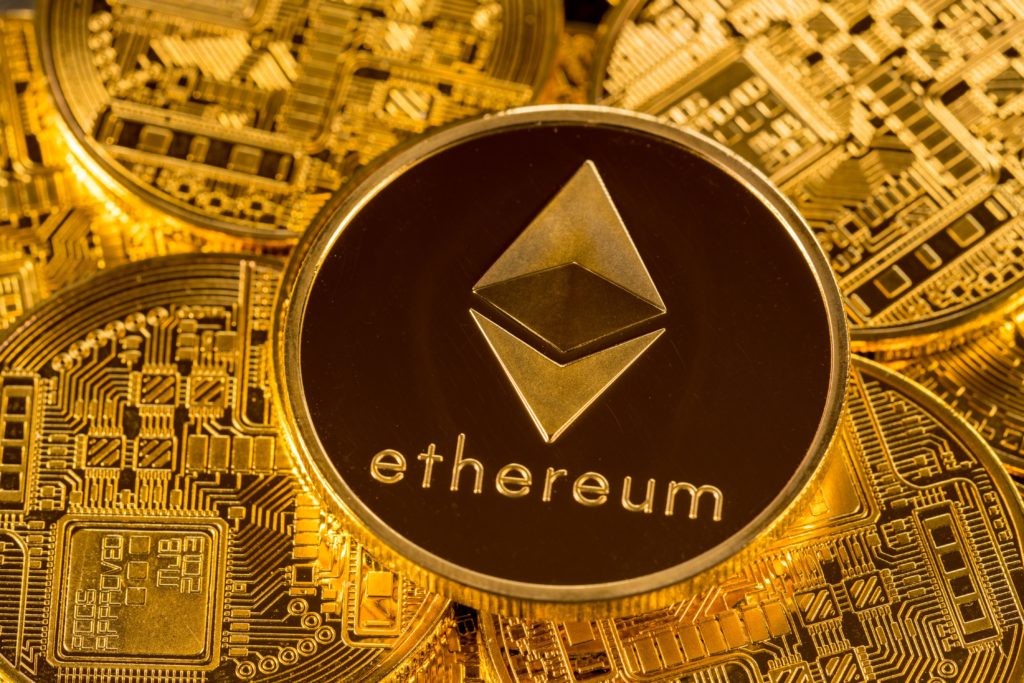OKX Ventures, a Crypto and Web3 investment fund, recently backed the action role-playing game Blade of God X, developed by Void Labs.
The game, which is still in early access, introduces a novel “play to train” feature.
This feature enables gamers to influence the training of an artificial intelligence (AI) model through their gameplay.
In a press release, OKX Ventures described this innovative concept as a fusion of “advanced AI agents with blockchain technology,” allowing players to directly train their AI agents as they play the game.
However, specifics about the AI models and the exact mechanisms by which gameplay aids in their training remain vague.
Inquiries made by Cointelegraph to OKX Ventures and Void Labs regarding these details have not yet been answered.
Blade of God X aligns itself with the “Souls-like” genre, recognized for its intricate action sequences, and is currently available for download on the Epic Game Store.
While the game itself is free, engaging with its blockchain components may necessitate payments or wallet interactions.
These blockchain features include functionalities that integrate with Immutable X and Ethereum Virtual Machine chains, as noted in the Epic Games Store’s FAQ section.
READ MORE: Mark Cuban Urges CFTC Regulation of Crypto and Suggests Impact on 2024 Election
Players interested in the game’s Web3 aspects can utilize tools like MetaMask, GameStop, Venly, Coinbase Wallet, Magic Link, or Immutable Passport to trade and customize their gaming experience.
According to the press release, the Blade of God series has amassed over six million downloads to date, with Blade of God X itself securing $6 million in funding.
The game’s partnership network includes notable investors such as Delphi Ventures, BreederDAO, and Eden Holdings among others.
Tnise, the founder of Void Labs, expressed gratitude for the support from OKX Ventures, noting, “This partnership will provide us with the necessary resources and guidance to continue innovating, broaden our horizons and deliver exceptional gaming experiences to players worldwide.”
Blade of God X represents a blending of traditional gaming with the emerging technologies of AI and blockchain, offering players both a rich gaming experience and an opportunity to partake in the development of AI through interactive gameplay.
To submit a crypto press release (PR), send an email to sales@cryptointelligence.co.uk.









